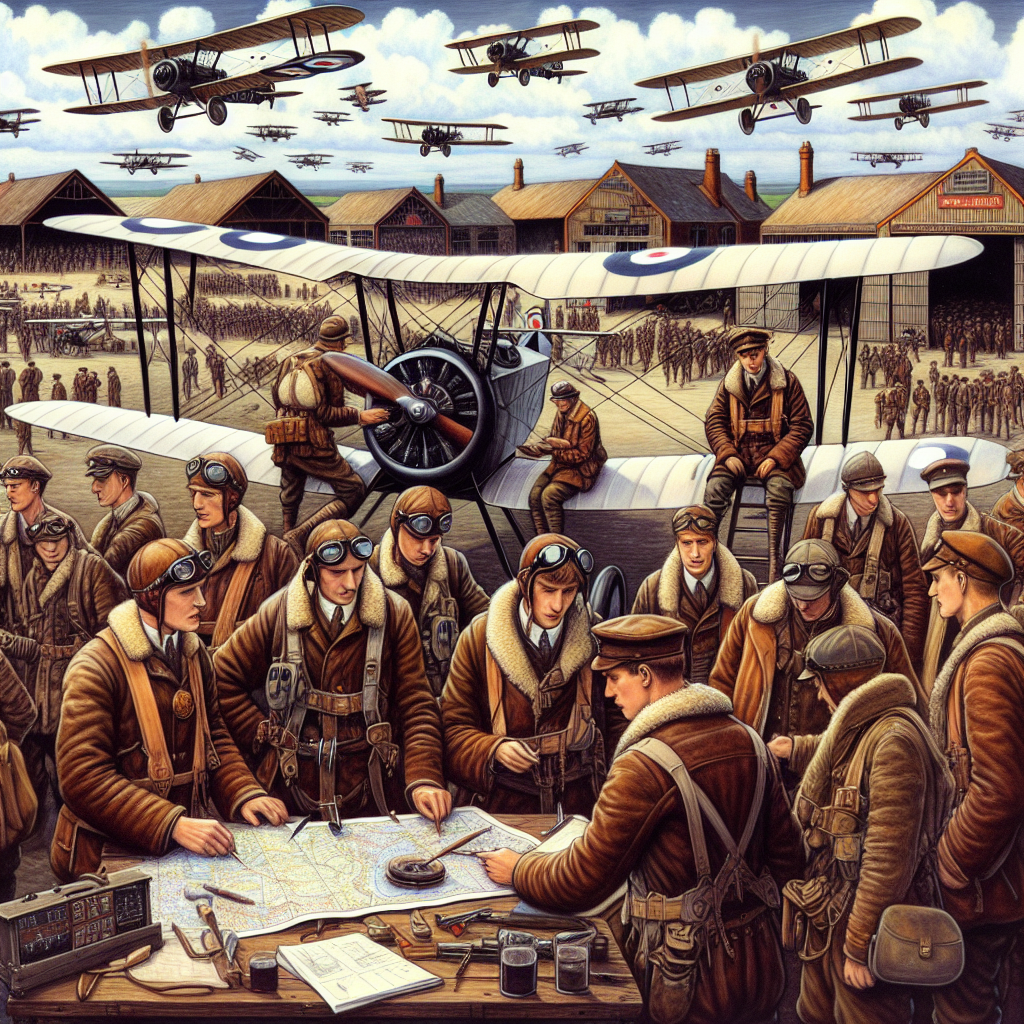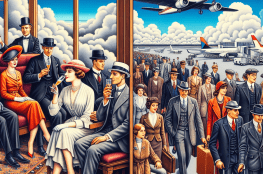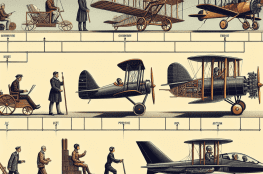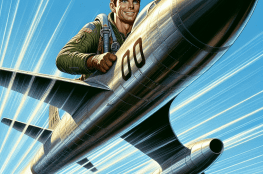Wings of War: A Look at the Role of Aviation in World War I
World War I was a conflict that saw the birth of modern warfare, with new technologies being developed and deployed on an unprecedented scale. One of the most significant advancements during this time was the emergence of aviation. In this article, we will delve into the role of aviation in World War I and explore how it revolutionized warfare.
The Birth of Airpower
At the outbreak of World War I in 1914, aviation was still in its infancy. Aircraft were primarily used for reconnaissance and spotting enemy positions. However, the possibilities of flight quickly caught the attention of military strategists, and both sides began to develop their air forces.
As the war progressed, aerial technology advanced rapidly, leading to the development of specialized fighter planes, bombers, and reconnaissance aircraft. The skies became a new battlefield, and pilots became the knights of the air.
Aerial Reconnaissance
Aerial reconnaissance played a crucial role in World War I. Pilots would fly over enemy lines, taking photographs and gathering vital intelligence. These recon missions allowed commanders to identify enemy positions, troop movements, and strategic objectives.
The information gathered from aerial photography helped shape battle plans and gave commanders a bird’s-eye view of the battlefield. It enabled them to make more informed decisions and gain a tactical advantage over their adversaries.
Aerial Combat: The Rise of the Fighter Aces
Aerial combat, or dogfighting, became a thrilling aspect of World War I aviation. As aircraft evolved, dedicated fighter planes were developed to engage enemy aircraft in combat. Skilled pilots who achieved multiple kills in air battles became known as “fighter aces.”
Leading the charge were legendary names like the Red Baron, Manfred von Richthofen of the German Luftstreitkräfte, and Eddie Rickenbacker, an American flying ace. These pilot aces achieved fame and notoriety for their exceptional skill and bravery in the face of danger.
Aerial superiority was a vital objective for both sides. Controlling the skies allowed a side to gain control over enemy airspace, disrupt enemy lines of communication, and provide protection for friendly troops and bombers.
Bombing Campaigns: The Birth of Strategic Bombing
Bomber aircraft played a crucial role in World War I, laying the groundwork for strategic bombing campaigns in future conflicts. Bombers, equipped with various types of bombs, targeted enemy infrastructure, such as rail lines, ammunition depots, and factories.
Strategic bombing aimed to weaken the enemy’s ability to wage war by disrupting their supply lines and industrial production. These bombing campaigns also aimed to demoralize the civilian population, reducing their support for the war effort.
Conclusion
The role of aviation in World War I cannot be underestimated. From aerial reconnaissance to fierce dogfights and strategic bombing campaigns, aviation shaped the way wars were fought. It set the stage for the development of air power, which has become an integral part of modern warfare.
Next time you look up at the sky and see a plane soaring through the clouds, remember the pioneers of aviation who paved the way for the incredible technological marvels we have today.
For a visual journey into the aviation history and the role of aviation in World War I, check out this fascinating video on Youtube: Aviation in World War I.
Remember, the sky is never the limit when it comes to human imagination and innovation!



